Uncategorized
Hernia Types And What You Need To Know About Hiatal Hernias
Photo by Toa Heftiba on Unsplash
Disclaimer: let’s get down to business here; I am not a Doctor, Occupational Therapist or any type of Medical Professional. I’m only gathering the doctor Google facts. Please always speak to your Medical Professional if you have any medical issues.
Hernia Types And What You Need To Know About Hiatal Hernias
So my sister recently rang me and said I’ve been feeling this lump in my stomach, I’m getting cramps, and when it’s really bad I’m vomiting. I immediately panicked along with her! The next day she was scheduled to see her doctor who then booked her in for an ultra sound. The ultra sound showed that she had a Hiatal Hernias; the only way to remove it was with keyhole surgery. At least it’s fixable, and she can resume normal activities again. Hiatal Hernias occur in the upper stomach.
It got me thinking though! I bet like me you didn’t even know what a hernia was, what causes it, available treatment options and what sort of post operative support would you need.
I knew that the Aged Care Store sold Hernia Truss’s, but I really didn’t know too much more beyond that. Did you realize that you could get a hernia outside of the groin area and that there are different types?
So here is a summary of the information that I found.
⇒ So What Is A Hernia?
Most hernias will appear in the groin or stomach area and is a lump, which is formed by tissue pushing through the muscle wall that is holding it in. They can also appear near a scar from a previous surgery. This can be pretty painful when you bend over, cough or lift something heavy when you touch the lump or lie down it can sometimes disappear.
If you have a Hernia then you are not alone. They are definitely not rare; in fact, they are pretty common.
⇒ Common Types Of Hernia’s
The most common types of Hernia’s are:
- An Inguinal Hernia – occurs in the inner groin. This is where the bladder or intestine pushes through the wall of the abdominal or into the inguinal canal of the groin. Generally, this type will appear in males, as this area is weak naturally. 96% of groin hernias are inguinal;
- An Incisional Hernia – occurs near an incision. This is where the intestine again pushes through the abdominal wall in an area where you have had previous surgery. Incisional Hernia’s appear more commonly in the elderly or overweight people who have been pretty inactive after surgery in the abdominal area. That’s why it’s really important to get moving after surgery;
- Femoral Hernia – occurs near the outer groin and will appear more frequently in women, especially pregnant women, or overweight women. A femoral hernia occurs when the intestine goes into the canal that carrying the femoral artery into the upper thigh;
- Umbilical Hernia – occurs near the belly button. This is where part of the small intestine passes through the wall of the abdominal near the belly button. Seen in newborns and sometimes overweight women who have had many babies;
- Hiatal Hernias – occurs in the upper stomach. This is where the upper stomach pushes through the hiatus, which is an opening in the diaphragm;
- An Epigastric Hernia – Occurring in the upper abdominal, you can follow a longer between the umbilicus and the breastbone. Caused by a weakness, opening or gap in the tendons or muscles. Epigastric Hernias occur more frequently in males.
⇒ So How Do You Know If You Have A Hernia?
Well like anything life if we are experiencing pain then we should take ourselves off to the Doctors or the Emergency Department if it’s serious.
Here are a few basic signs that could give you an idea that you have a Hernia:
- A lump in the abdomen, scrotum or groin, that is sore. You should be able to see the lump when you cough, it will more than likely disappear when you are laying down;
- When you lift an object, strain or cough you will experience pain;
- Many people have also commented that they felt like something had ruptured inside of them;
- The pain can flare up more when you are active, but the minute you stop and rest it can disappear.
⇒ Are Hernia’s Preventable?
The short answer is no. You really can’t prevent a Hernia. All you can do is try to maintain a healthy lifestyle, eat correctly and undertake the appropriate exercise. Once you know you have a hernia and you have chatted with your Doctor, generally they will devise a treatment plan for you. But once diagnosed, something you can do to minimize pain and discomfort are:
- Stop smoking, if you are smoker. As the lungs become irritable from smoking it causes a person to cough, this can put further pressure on the Hernia. Also, it can also cause the Hernia to re-appear;
- Eating correctly is important so that you have regular bowel movements avoiding constipation which can put additional strain around the abdominal area;
- Don’t lift heavy objects and if you do lift an object make sure it’s not too heavy and that you lift the object correctly.
⇒ Hernia Treatment
Unfortunately, the only way to make a Hernia disappear is to have surgery – your medical practitioner will devise the best treatment plan for you and your situation.
These days repairing a Hernia is a relatively easy procedure. The majority of procedures can be carried out quickly. Recovery time can be anywhere from a couple of days to a couple of weeks. Discomfort is minimal after surgery.
Now like me, you are armed with a wealth of knowledge around the topic of Hernia’s. As for my sister she is now just waiting for her surgery. She still hasn’t informed as to the type of Hernia she has. Perhaps afterward I can write another article about her recovery. She has four kids and is very hands on with them all especially her two and a half year old. So it will be interesting to see how she manages and recovers. I went looking on my website to see if we had anything to help those suffering from Hiatal Hernias. But sadly we didn’t stock anything. I shall go searching to see if there is anything further we can stock to help those suffering with Hiatal Hernias.
Before I sign-off, we do stock a Hernia Truss, which is a double-sided support. The support provides pressure on the Hernia and is only suitable for Inguinal Hernia. This type of Hernia occurs in the inner groin. It’s available in four different sizes, Small, Medium, Large, and X-Large.
If you have any further questions around the Hernia Truss or on any of our products, then email us at info@agedcarestore.com.au or phone the Aged Care Store customer service number on 1300 410 702, and one of Customer Services Representatives will get back to you.







